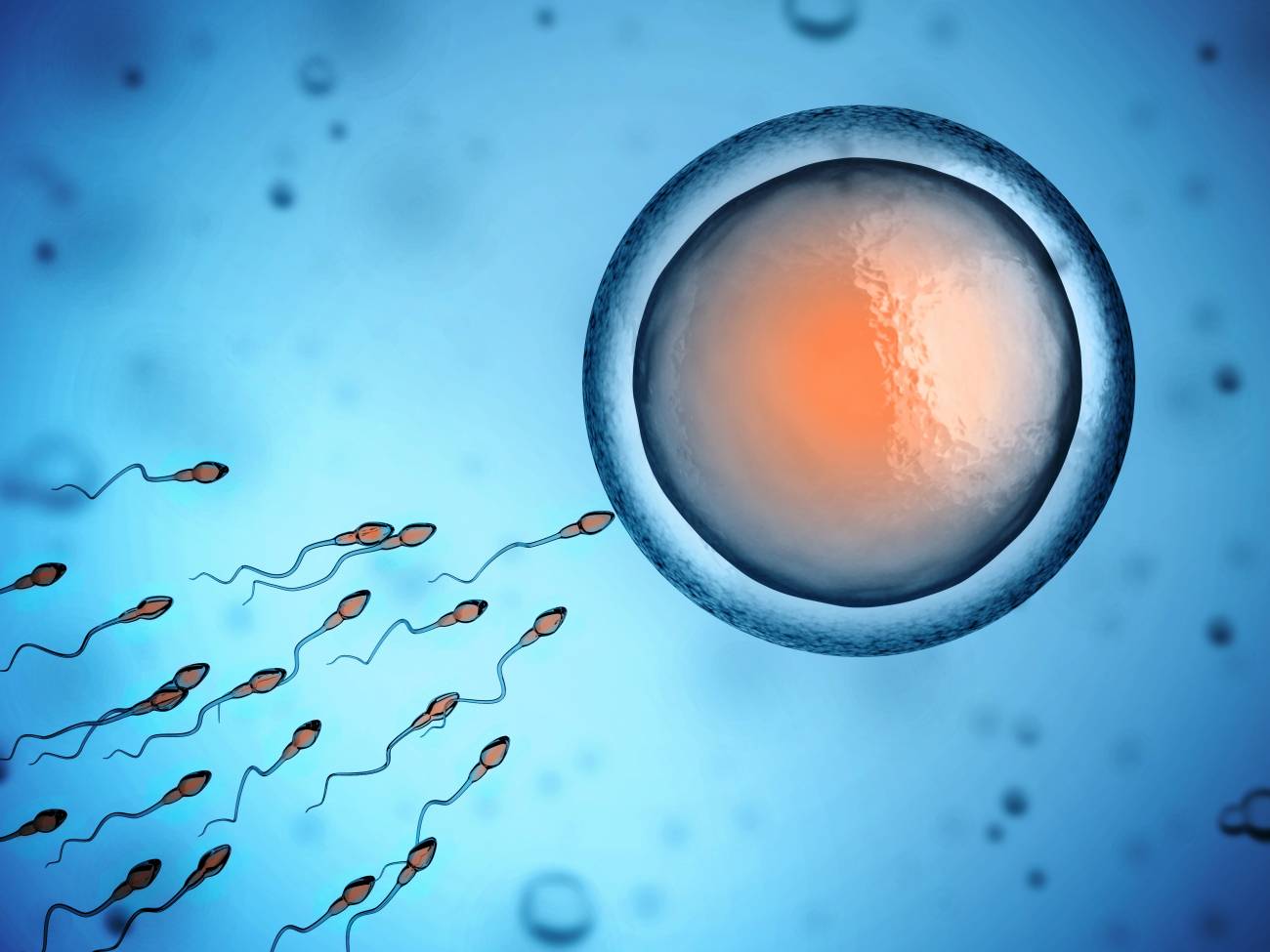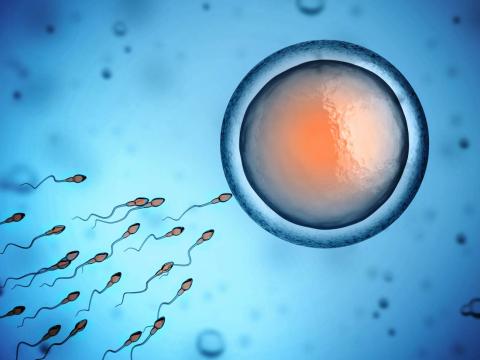In the context of this covid-19 pandemic and the multi-organ effects of SARS-CoV-2, research has investigated how the infection alters the reproductive system. Since studies have shown that covid-19 infection affects 58% of the male population, it has been suggested that males are more susceptible to the effects of SARS-CoV-2.
There are several theories to explain this increased susceptibility of males to the virus, but perhaps the most widely accepted is the higher level of androgens and ACE2 (angiotensin converting enzyme) receptors in the testis, which is then considered a target organ for viral entry.
Several studies demonstrate the impact of SARS-CoV-2 on the health of infected males versus fertile controls and the negative effect on semen parameters. However, there is little work studying the effect of covid-19 on semen samples from patients before and after infection, in mildly infected males, as well as the long-term outcome. Most studies assume that if the virus affects the testicle, and thus sperm production, once a cycle of spermatogenesis (sperm formation), which lasts approximately 70 days, has elapsed, normalisation of semen parameters will occur.
The patients included in the study had come to the assisted reproduction centres for an infertility study
At the 39th Congress of the European Society of Reproduction and Embryology (ESHRE) held from 25-28 June in Copenhagen (Denmark), our work was presented in which we compared semen analyses of 45 patients, performed before and after having suffered a mild covid-19 infection.
The patients included in the study had come to the assisted reproduction centres for an infertility work-up. Patients ranged in age from 18 to 45 years, and no age-related differences in semen parameters were observed. Sperm volume, sperm concentration, motility (total and active), morphology and vitality were analysed in pre- and post-infection tests in each patient. The postcovid test was performed between 17 and 516 days after infection. The time between the two samples was a median of 238 days.
Total sperm concentration is the most affected semen parameter, decreasing by a median of 39%
A significant decrease in sperm volume, sperm concentration, total and progressive motility and vitality was found after SARS-CoV-2 infection compared to pre-infection values. Morphology was not significantly affected. Total sperm concentration is the most affected sperm parameter, which decreased by a median of 39%. Half of the individuals had a total sperm count in the second sample lower than 57% of the initial one.
The effects remained the same 100 days after infection
Another aim of the study was to find out whether this decrease in semen quality was maintained over time or whether when new sperm were produced, it recovered to normal levels. Considering the time of spermatogenesis, a cut-off point of 100 days was established. Patients were separated into two groups: those who performed semen analysis in the first 100 days after infection and those who performed semen analysis later. Values for volume, sperm concentration, motility and vitality were then compared between the two groups: those who performed the analysis in the first 100 days, and those who performed the analysis after that time. When comparing the results, no differences were found in any parameter between the two groups, which meant that the effects of the infection, especially the decrease in sperm count and motility, were maintained with the same intensity 100 days after infection.
These two findings, that semen quality is affected in men who have had a mild covid-19 infection, and that these effects may be long-term, are of great importance when considering male reproductive health. Although further studies are needed to understand the mechanisms by which this damage is induced and persists over time, these patients who have been infected should be studied, especially those with reproductive desire.





